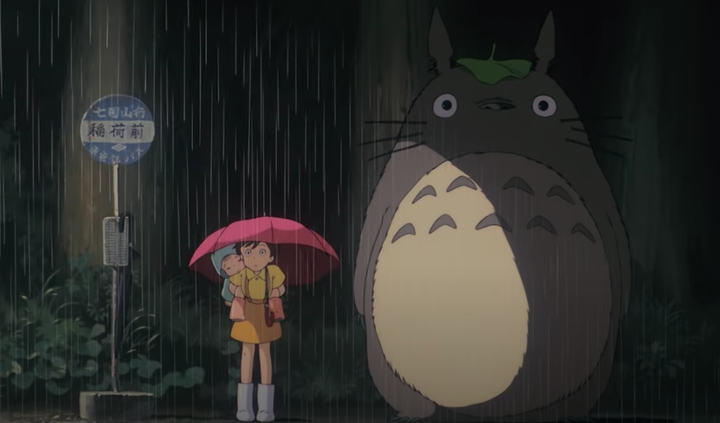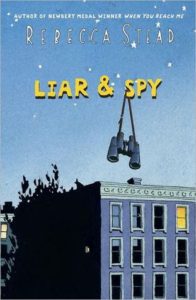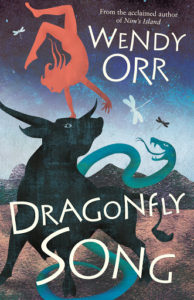How can we be a quarter of the way through 2022 already? Is it the multitude of terrible things happening throughout the world that is causing me this difficulty with time perception? I have at least been reading a bit more this year, both for education and escape. Here are my favourites so far.
 Unfollow: A Journey from Hatred to Hope, Leaving the Westboro Baptist Church by Megan Phelps-Roper was an inspiring memoir by a young woman who escaped a notoriously homophobic, misogynist, anti-Semitic, anti-everything cult founded by her grandfather. From the age of five, Megan was an obedient and devoted Westboro Baptist Church (WBC) member, holding up ‘God Hates Fags’ signs outside the funerals of American soldiers, picketing outside her own school and college, then running the church’s social media campaign. It isn’t surprising that she followed the church’s beliefs, because nearly everyone in her large extended family was a member of WBC. What is surprising is how she managed to leave WBC at the age of 26, cutting herself off from the family she still loves, to become an activist and educator dedicated to combatting extremist beliefs.
Unfollow: A Journey from Hatred to Hope, Leaving the Westboro Baptist Church by Megan Phelps-Roper was an inspiring memoir by a young woman who escaped a notoriously homophobic, misogynist, anti-Semitic, anti-everything cult founded by her grandfather. From the age of five, Megan was an obedient and devoted Westboro Baptist Church (WBC) member, holding up ‘God Hates Fags’ signs outside the funerals of American soldiers, picketing outside her own school and college, then running the church’s social media campaign. It isn’t surprising that she followed the church’s beliefs, because nearly everyone in her large extended family was a member of WBC. What is surprising is how she managed to leave WBC at the age of 26, cutting herself off from the family she still loves, to become an activist and educator dedicated to combatting extremist beliefs.
There were two things that helped her leave. Firstly, WBC, unlike other American cults, allowed its children to be educated in the public school system and encouraged them to go to college, where Megan was often socially isolated, but was at least exposed to other beliefs and learned some critical thinking skills. WBC members were also encouraged to use social media to get publicity for the church’s bigoted preaching. Megan writes of her “profound gratitude to Twitter … Instead of booting me from its platform for ‘hate speech’, as many had demanded, it had put me in conversation with people and ideas that effectively challenged beliefs that had been hammered into me since I was a child.” In fact, she ends up meeting and eventually marrying a man who had spent years debating against her on Twitter. She despairs of the “division of the world into Us and Them” in the Trump era and points out that in the age of the internet, “we cannot reasonably expect to halt the spread of an idea, whether good or bad … the answer to bad ideas is to publicly reason against them, to advocate for and propagate better ones”. Megan comes across as a thoughtful, ethical person who, despite her traumatic upbringing, has a lot of compassion and empathy, and she argues convincingly against #NoDebate and Cancel Culture.
 I also liked The Edible Balcony by Indira Naidoo, a guide to growing fresh herbs, fruit and vegetables for those of us who don’t have backyard gardens. Indira managed to produce 70kg of produce in her first year of balcony gardening and this is a good beginner’s guide, with great photos and illustrations, handy tips and some delicious-looking recipes. It must be noted that although Indira claims her Sydney balcony is “small”, it is 20 square metres (about five times the size of my own balcony), and is north-facing, with its own water supply and a building concierge who looks after her plants when she’s away. She also has the advantages of farming friends who provide her with fresh manure, a vertical garden system supplied for free because she’s a celebrity, and access to ABC TV’s gardening gurus. Still, this book provided me with inspiration as I was re-establishing my own balcony garden, following last year’s building reconstruction works. Here are some before and after pictures of my balcony:
I also liked The Edible Balcony by Indira Naidoo, a guide to growing fresh herbs, fruit and vegetables for those of us who don’t have backyard gardens. Indira managed to produce 70kg of produce in her first year of balcony gardening and this is a good beginner’s guide, with great photos and illustrations, handy tips and some delicious-looking recipes. It must be noted that although Indira claims her Sydney balcony is “small”, it is 20 square metres (about five times the size of my own balcony), and is north-facing, with its own water supply and a building concierge who looks after her plants when she’s away. She also has the advantages of farming friends who provide her with fresh manure, a vertical garden system supplied for free because she’s a celebrity, and access to ABC TV’s gardening gurus. Still, this book provided me with inspiration as I was re-establishing my own balcony garden, following last year’s building reconstruction works. Here are some before and after pictures of my balcony:


The Edible Balcony provided valuable food for thought. For example, I’d always considered tomatoes to be too difficult to grow on a balcony, but Indira successfully grew tomato varieties in pots, so that could be a project for me next summer. Conversely, I now think a little lemon tree might be a bit too ambitious for me, after reading about all the pest problems Indira had. Still, her remedy for powdery mildew (diluted milk sprayed on leaves) worked a treat on my afflicted mint plant, so thanks, Indira!
 In fiction, I enjoyed Sugar Town Queens, the latest YA novel from Malla Nunn. This is a fast-paced story about a mixed-race girl growing up in poverty in a Durban township. Amandla’s mother is white and her father is missing; they live in a one-room tin shack but her mother regularly comes home with wads of cash; and her mother has strange delusions and gaps in her memory. Amandla, with the help of her friends Lil Bit and Goodness, discovers the truth about her mother’s wealthy family and tragic past. The romance seems shoe-horned in and the conclusion is unrealistically upbeat and Cinderella-ish, but I really liked the depiction of strong relationships between the girls and women in the story, with schoolfriends, neighbours and grandmother working together for truth and justice. (I think When the Ground is Hard is a much better book, though.)
In fiction, I enjoyed Sugar Town Queens, the latest YA novel from Malla Nunn. This is a fast-paced story about a mixed-race girl growing up in poverty in a Durban township. Amandla’s mother is white and her father is missing; they live in a one-room tin shack but her mother regularly comes home with wads of cash; and her mother has strange delusions and gaps in her memory. Amandla, with the help of her friends Lil Bit and Goodness, discovers the truth about her mother’s wealthy family and tragic past. The romance seems shoe-horned in and the conclusion is unrealistically upbeat and Cinderella-ish, but I really liked the depiction of strong relationships between the girls and women in the story, with schoolfriends, neighbours and grandmother working together for truth and justice. (I think When the Ground is Hard is a much better book, though.)
 Finally, Cat Problems by Jory John, illustrated by Lane Smith, is a charming and funny picture book about the very difficult life of a household cat who has many problems, all of which he complains about loudly. He has to deal with a sunbeam that moves; a noisy vacuum cleaner; dry cat food instead of wet; and another cat that persists in sitting “in my spot … in my other spot … now you’re in my THIRD spot.” A squirrel outside the window explains how difficult life is for wild animals outside but Cat is unimpressed (“How can I eat this very talkative squirrel?”) Then he stalks off to complain about the paucity of sunbeams at night. The fuzzy illustrations and mimimalist backgrounds are very appealing. Recommended for anyone who’s ever lived with a cat.
Finally, Cat Problems by Jory John, illustrated by Lane Smith, is a charming and funny picture book about the very difficult life of a household cat who has many problems, all of which he complains about loudly. He has to deal with a sunbeam that moves; a noisy vacuum cleaner; dry cat food instead of wet; and another cat that persists in sitting “in my spot … in my other spot … now you’re in my THIRD spot.” A squirrel outside the window explains how difficult life is for wild animals outside but Cat is unimpressed (“How can I eat this very talkative squirrel?”) Then he stalks off to complain about the paucity of sunbeams at night. The fuzzy illustrations and mimimalist backgrounds are very appealing. Recommended for anyone who’s ever lived with a cat.






 I began the year engrossed in Tana French’s
I began the year engrossed in Tana French’s  I enjoyed Kate Constable’s new middle-grade novel,
I enjoyed Kate Constable’s new middle-grade novel,  However, my favourite children’s read was, unexpectedly, a novel told partly in verse about a girl living in a Bronze Age Mediterranean culture ruled by superstition. Dragonfly Song by
However, my favourite children’s read was, unexpectedly, a novel told partly in verse about a girl living in a Bronze Age Mediterranean culture ruled by superstition. Dragonfly Song by